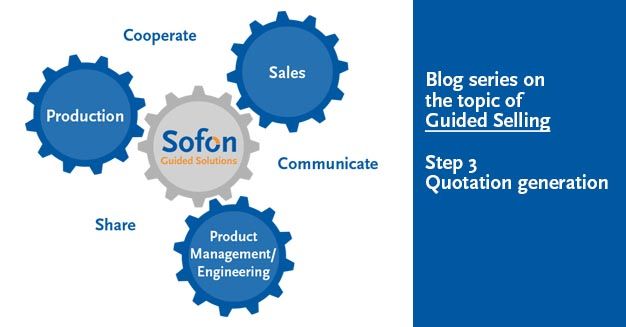ERP, CRM, PDM, CAD, CPQ, GUIDED SELLING
ERP, CRM, PDM, CAD, CPQ – it is enough to make your head spin. All of these three-letter acronyms stand for the names of software systems that support a portion of the business process. You probably find the acronym CPQ the most unfamiliar. It is also the newest on the list.






